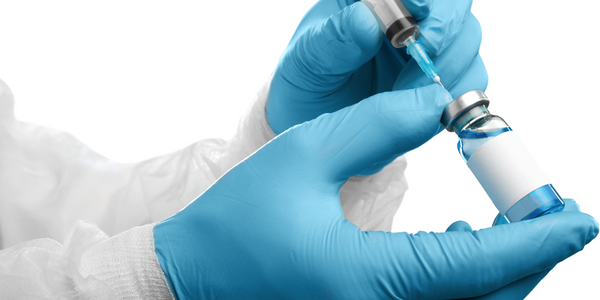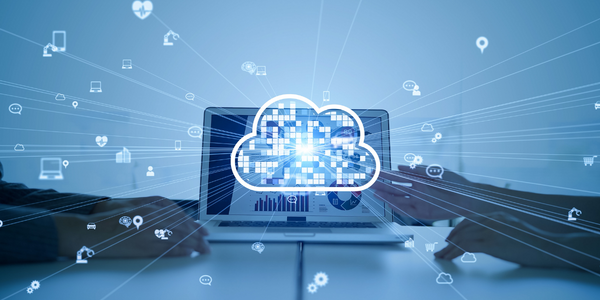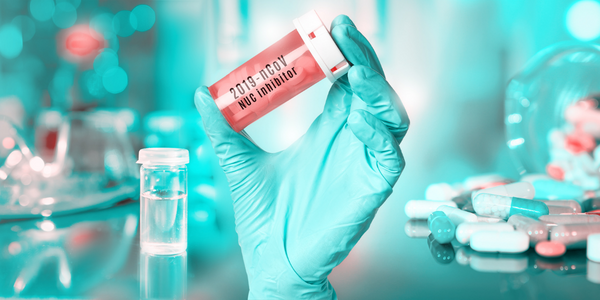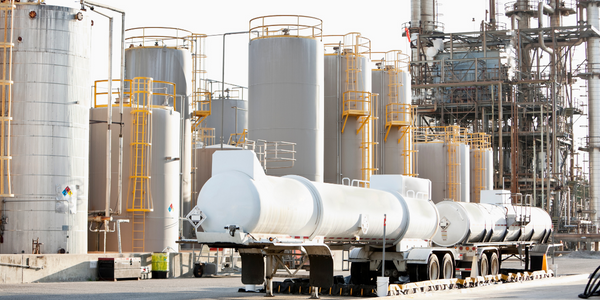Global Pharmaceutical Company Fills its Detection and Remediation Gaps
公司规模
Large Corporate
地区
- Asia
- Europe
国家
- United States
产品
- Cybereason Platform
- Cybereason Incident and Response Console
技术栈
- Endpoint Detection and Response
- Next-Generation Antivirus
- Active Monitoring Services
实施规模
- Enterprise-wide Deployment
影响指标
- Productivity Improvements
- Cost Savings
- Customer Satisfaction
技术
- 网络安全和隐私 - 端点安全
- 网络安全和隐私 - 恶意软件保护
- 网络安全和隐私 - 入侵检测
适用行业
- 药品
适用功能
- 商业运营
用例
- 入侵检测系统
- 远程资产管理
服务
- 网络安全服务
- 系统集成
关于客户
The customer is one of the world's largest pharmaceutical companies, with annual revenue in the billions of dollars. As a global leader in the pharmaceutical industry, the company is responsible for protecting an intellectual property portfolio worth billions. This requires robust security measures to safeguard sensitive data and maintain business continuity. The company operates on a large scale, with approximately 100,000 employees and a vast network of endpoints that need to be secured against cyber threats. Given the complexity and scale of its operations, the company requires advanced security solutions to protect its assets and ensure the safety of its operations.
挑战
The company faced significant challenges in detecting and responding to advanced security threats. Despite having top-tier antivirus software and a well-maintained SIEM configuration, malware continued to infiltrate their systems. The security team struggled to identify the source of these threats and assess their severity and impact. This lack of visibility forced the company to take an extreme approach to remediation, re-imaging any machine detected as infected. This process was costly and disruptive, affecting business continuity and worker productivity. The company needed a solution that could provide continuous endpoint visibility and context around detected incidents to enable a smarter, scalable remediation strategy.
解决方案
The company deployed the Cybereason platform on 4,000 endpoints in one of its business units. Cybereason provided immediate detection of signature-based threats that the existing antivirus software failed to catch. The platform automated the task of updating the malware signature database, ensuring it always contained the latest known threats. Cybereason also provided detailed attack context, enabling the security team to understand the full scope of an attack, including which machines were infected, how adversaries infiltrated the company, and the extent of the damage. This information empowered junior analysts to shut down threats effectively. The platform's Incident and Response Console allowed analysts to remotely view and take action across the company's IT environment, reducing the need for re-imaging infected machines.
运营影响
数量效益

Case Study missing?
Start adding your own!
Register with your work email and create a new case study profile for your business.
相关案例.

Case Study
Case Study: Pfizer
Pfizer’s high-performance computing software and systems for worldwide research and development support large-scale data analysis, research projects, clinical analytics, and modeling. Pfizer’s computing services are used across the spectrum of research and development efforts, from the deep biological understanding of disease to the design of safe, efficacious therapeutic agents.

Case Study
Fusion Middleware Integration on Cloud for Pharma Major
Customer wanted a real-time, seamless, cloud based integration between the existing on premise and cloud based application using SOA technology on Oracle Fusion Middleware Platform, a Contingent Worker Solution to collect, track, manage and report information for on-boarding, maintenance and off-boarding of contingent workers using a streamlined and Integrated business process, and streamlining of integration to the back-end systems and multiple SaaS applications.

Case Study
Process Control System Support
In many automated production facilities, changes are made to SIMATIC PCS 7 projects on a daily basis, with individual processes often optimised by multiple workers due to shift changes. Documentation is key here, as this keeps workers informed about why a change was made. Furthermore, SIMATIC PCS 7 installations are generally used in locations where documentation is required for audits and certification. The ability to track changes between two software projects is not only an invaluable aid during shift changes, but also when searching for errors or optimising a PCS 7 installation. Every change made to the system is labour-intensive and time-consuming. Moreover, there is also the risk that errors may occur. If a change is saved in the project, then the old version is lost unless a backup copy was created in advance. If no backup was created, it will no longer be possible to return to the previous state if and when programming errors occur. Each backup denotes a version used by the SIMATIC PCS 7 system to operate an installation. To correctly interpret a version, information is required on WHO changed WHAT, WHERE, WHEN and WHY: - Who created the version/who is responsible for the version? - Who released the version? - What was changed in the version i.e. in which block or module of the SIMATIC PCS 7 installation were the changes made? - When was the version created? Is this the latest version or is there a more recent version? - Why were the changes made to the version? If they are part of a regular maintenance cycle, then is the aim to fix an error or to improve production processes? - Is this particular version also the version currently being used in production? The fact that SIMATIC PCS 7 projects use extremely large quantities of data complicates the situation even further, and it can take a long time to load and save information as a result. Without a sustainable strategy for operating a SIMATIC PCS 7 installation, searching for the right software version can become extremely time-consuming and the installation may run inefficiently as a result.

Case Study
ELI LILLY ADOPTS MICROMEDIA’S ALERT NOTIFICATION SYSTEM
Pharmaceutical production is subject to a strict set of enforced rules that must be adhered to and compliance to these standards is critically necessary. Due to the efforts of WIN 911’s strategic partner Micromedia, Lilly was able to adopt an alarm notification infrastructure that integrated smoothly with their existing workflows and emergency hardware and protocols. These raw energy sources enable the industrial process to function: electricity, WIN-911 Software | 4020 South Industrial Drive, Suite 120 | Austin, TX 78744 USA industrial steam, iced water, air mixtures of varying quality. Refrigeration towers, boilers and wastewater are monitored by ALERT. Eli Lilly identified 15000 potential variables, but limitations compelled them to chisel the variable list down to 300. This allowed all major alarms to be covered including pressure, discharge, quantity of waste water discharged,temperature, carbon dioxide content, oxygen & sulphur content, and the water’s pH.








